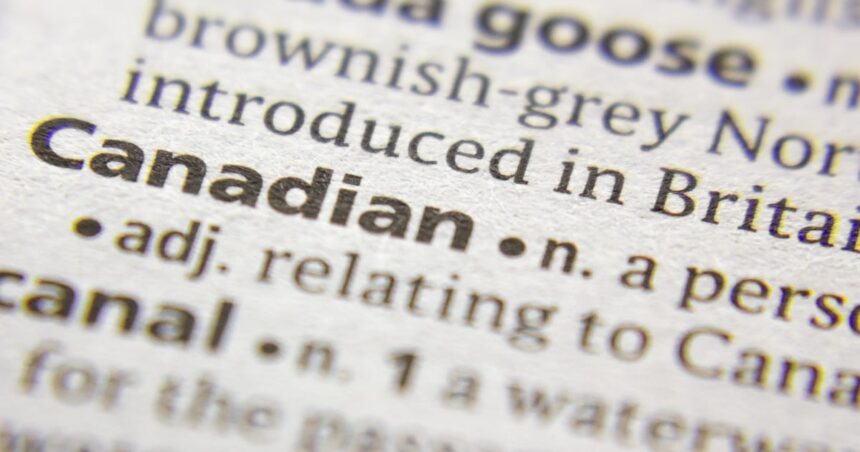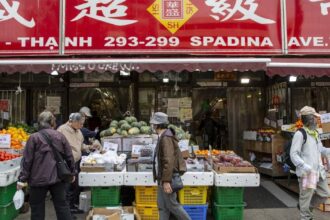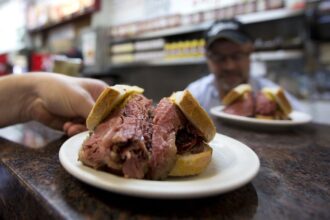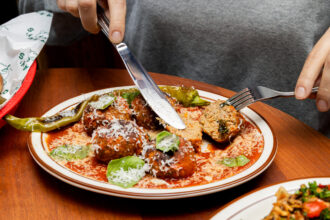The humble freezie—that plastic tube of frozen, sugary delight—might seem universal, but ask for one south of the border and you’ll likely receive confused looks. This colorful summer treat is just one of countless linguistic quirks that distinguish Canadian English from its global counterparts, a distinction worth celebrating as we mark another Canada Day.
From coast to coast, Canadians share a vocabulary that often baffles visitors and new residents alike. Our lexicon serves as a subtle yet powerful marker of national identity, one that evolves with each generation while preserving our collective heritage. As we gather for July 1st celebrations, perhaps it’s worth reflecting on how our unique expressions shape our cultural identity.
“Canadian English is fascinating because it represents this perfect linguistic meeting point between British traditions, American influence, Indigenous languages, and immigrant contributions,” explains Dr. Elaine Gold, director of the Canadian Language Museum. “When Canadians say they’re writing with a ‘Sharpie’ rather than a ‘permanent marker,’ or discuss the merits of various ‘concession stands,’ they’re participating in a uniquely Canadian conversation.”
The “Dictionary of Canadianisms on Historical Principles” catalogs hundreds of these distinctly Canadian terms. Some are obvious, like toque for a knitted winter hat or double-double for a coffee with two creams and two sugars. Others might surprise even lifelong Canadians—did you know that “giver” as an encouragement (as in “Give’r!”) rarely appears outside our borders?
Regional variations add another layer to our linguistic landscape. In Atlantic Canada, a convenience store might be a “corner store,” while in parts of the Prairies, it’s a “confectionary.” The humble sofa is a “chesterfield” to many older Canadians, while younger generations increasingly adopt the American “couch.” Even our geography gets special treatment—only Canadians understand the specific terror of hitting a “pothole” during “breakup season.”
Indigenous languages have contributed significantly to Canadian English, giving us words like “saskatoon,” “toboggan,” and “parka.” French influence is evident not just in Quebec but across the country in terms like “tuque,” “dépanneur,” and our uniquely Canadian pronunciation of pasta (“past-ah” rather than “pah-sta”).
What’s particularly fascinating is how these Canadianisms serve as subtle badges of belonging. When someone refers to a “Robertson screwdriver” or nods knowingly at the mention of “homo milk,” they’re engaging in a form of cultural shorthand that signals their Canadian identity.
Digital platforms have accelerated awareness of these linguistic peculiarities. Social media exchanges between Canadians and Americans regularly highlight terms that don’t cross borders easily. The surprise of Americans learning about “kerfuffle,” “serviette,” or “hydro” (meaning electricity) creates moments of national pride and reflection.
“Language is constantly evolving,” notes sociolinguist Dr. Jennifer Smith from the University of Toronto. “What’s fascinating about Canadian English is how it maintains its distinctiveness despite massive exposure to American media. We’re witnessing the emergence of new Canadianisms even as some traditional terms fade away.”
As Canada continues to welcome newcomers from around the world, our vocabulary expands and transforms. Terms from Punjabi, Tagalog, Mandarin, and Arabic increasingly find their way into everyday Canadian conversation, creating new Canadianisms that future generations will inherit.
So this Canada Day, alongside your caesar (not a Bloody Mary) and poutine (explaining this one requires paragraphs), take a moment to appreciate the linguistic heritage that helps define our national character. Whether you’re a “keener” about language or just someone who occasionally needs to use the “washroom” (never the restroom), your words carry the story of Canada.
In a world where cultural distinctions increasingly blur, perhaps our peculiar way of speaking—from “eh” to “sorry” to “give’r”—remains one of our most enduring and evolving national treasures. After all, what could be more Canadian than politely insisting on our own quiet linguistic revolution?
For more explorations of Canadian culture, visit our CO24 Culture section, and for analysis of emerging trends in Canadian identity, check out CO24 Trends.










